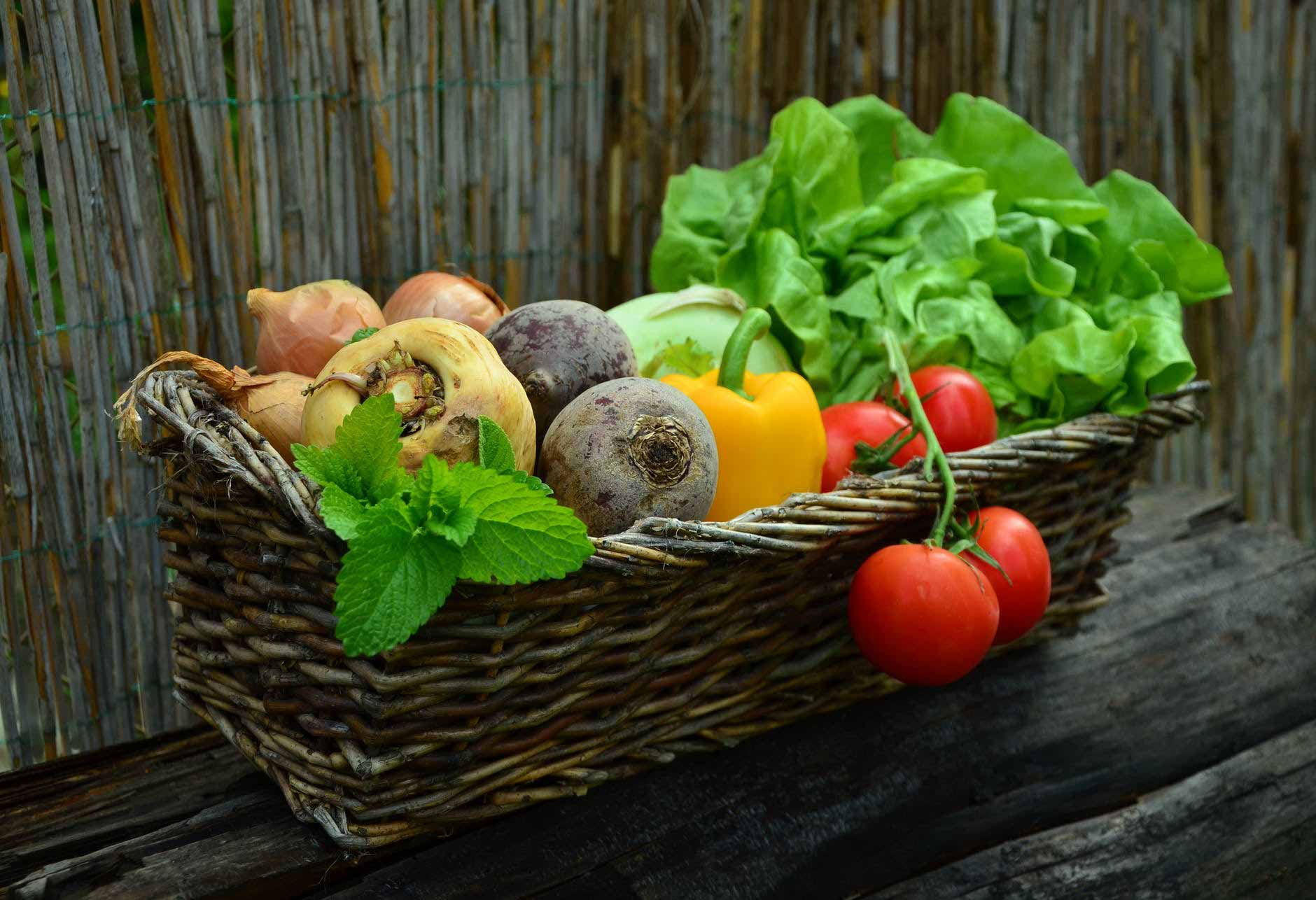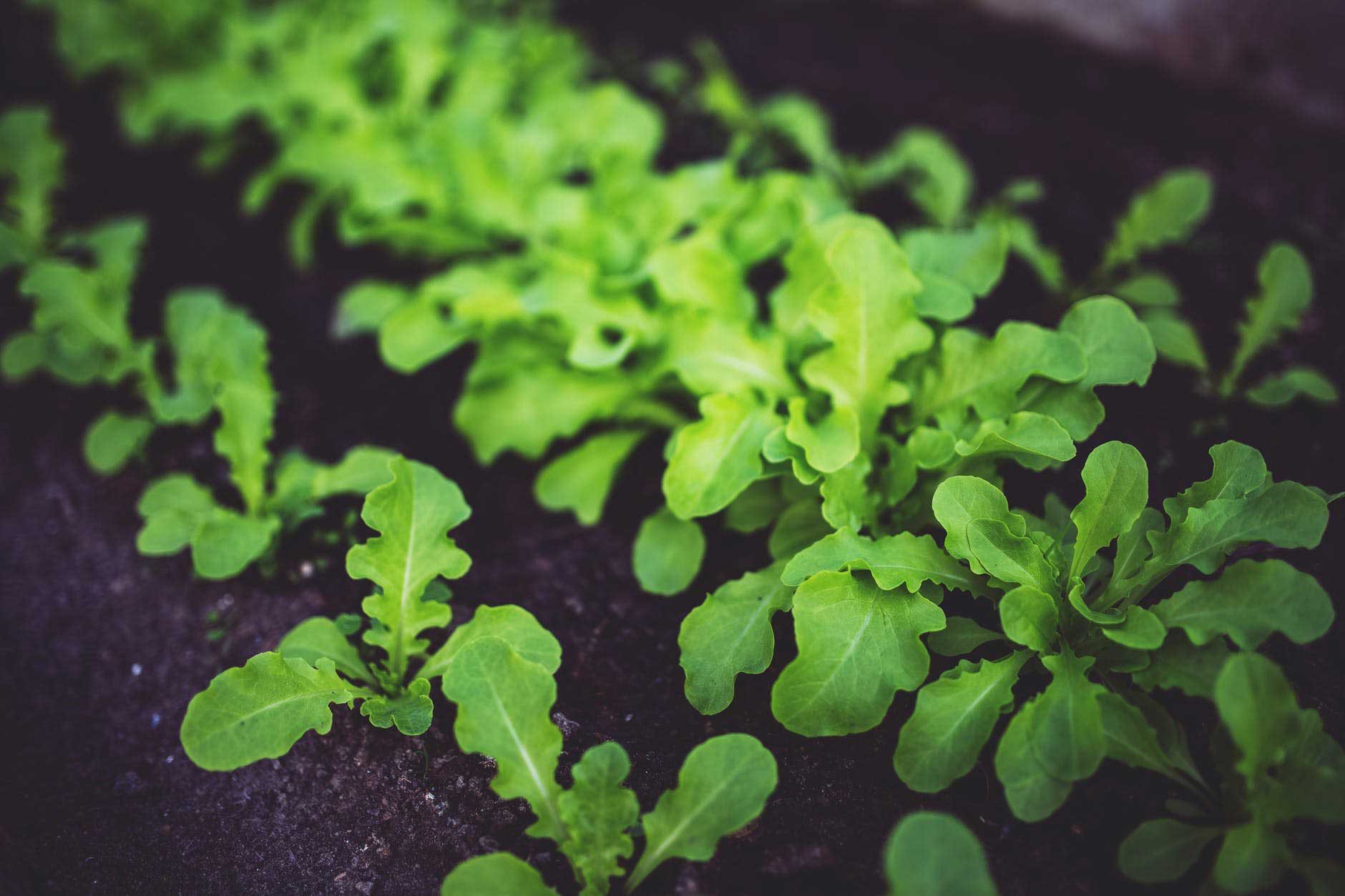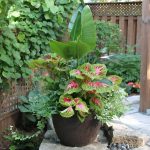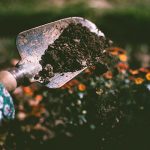Now that the weather is finally getting warmer in Toronto, many are considering getting involved in more outdoorsy activities. Some partake in exercise—like going for bike rides in the city—while others like growing edible gardens. Some choose to start gardens as a fun pastime, others as a means to contribute to the environment.
As city dwellers become more aware of their collective carbon footprints and its environmental impact, it makes more sense than ever to consider growing some of our own vegetables. In addition to the positive environmental benefits that come with growing an edible garden, gardeners get the chance to grow 100% organic produce, as well as unique variations; without having to pay more money for organic produce at the market. And really, whether you own acres of land out in the country or a patio in the city, there’s nothing better than enjoying the fruits (or veggies) of your labor!

BASKET OF EDIBLES | Photo by Pixabay on Pexels
Here are some tips to help you get your edible garden started:
1. Make Sure to Choose the Right Size for Your Edible Garden
Getting your edible garden started correctly means making sure to choose its size wisely. It can sometimes seem appealing to start off with a larger one if you have the space, but as edible gardens require detailed attention, it’s advisable to start small and grow it in size with time.
Put some time aside to consider what you are interested in growing, and plant the crops you like best. Focus on choosing based on quality and not so much based on quantity. Keep in mind that some crops, such as melons, corn and pumpkins, require more space to spread out. So it is important to be aware of the amount of room you have. Seed packets and plant cards can offer additional growing information to help plan for space.
2. Healthy Soil = Heathier Crops in Your Edible Garden
Edible gardening is very different from planting flowers, shrubs, or trees. When growing something edible, it is important to consider using sustainable products to nourish the plants that will end up nourishing you.
The best soil for your garden is loam (link to loam), which contains some sand, some silt, and a little clay. Loam holds onto nutrients much better. It also provides sufficient drainage and it is very workable. This allows the roots of the vegetables to penetrate easily, and also the roots of the weeds to be removed easily. Adding organic matter, like compost, is the easiest option available to improve your soil. When preparing your garden beds, use it as a soil amendment or as a top-dressing layer, working it in around the plants.

Edible Salad Greens | Photo by Kaboompics on Pexels
3. Care for the Crops in Your Edible Garden
Fertilize: While adding organic matter to your soil provides nutrients, there is also the option of purchasing organic fertilizers. Organic fertilizers are easy to apply and are commonly used in edible gardens for optimal crop health. Certain kinds of crops, at times, require special formulas of fertilizer. Remember to look at the fertilizer package for N-P-K (nitrogen, phosphorus, and potassium) ratio details.
Water: How often you water your edible garden really depends on the crops you’ve planted, the garden site (shaded area or in the sun; enclosed garden or outdoor and windy), and the soil.
Watering in the early morning will allow the leaves to dry in the warmth of the sun. Watering your edible garden later in the day could result in disease or fungus as leaves might remain wet. Remember to soak the soil; sprinklers often lose too much water in evaporation, resulting in the water not making its way deep enough into the soil. For veggie gardens, it is always best to use drip irrigation systems (link to drip irrigation) which allow water to soak in slowly.
Mulch: Mulch adds beneficial nutrients to the soil, maintains consistent soil temperatures, prevents weeds from growing, and helps to retain moisture. Effective mulches include: wood chips, shredded bark, cocoa bean hulls (not ideal if you own dogs), crushed shells, and straw.
4. Success with Proper Edible Garden Exposure
To grow the best crops, keep in mind that most edibles (with few exceptions) require at least six to eight hours of direct sunlight daily. The real estate tagline “location, location, location” can be applied to your garden too. Ensure that your garden’s sunlight isn’t blocked by mature trees or structures—like your home or shed—that will cast shade on your plot.
Many years ago—when I was living in Halifax, Nova Scotia and before I ventured into the design business—I wanted to grow my own edibles. My backyard was about 50% shade and the remaining space did not get enough sun throughout the day for vegetables. My front yard however, was a dry, full sun, hot bed; the perfect environment for my edible garden. As one of my very first forays into landscape design I took it upon myself to design and build an aesthetically pleasing front yard edible garden that fit in with the style of my neighbourhood. It was a huge success both in the food it produced and the compliments it garnered.

CELIA’S FIRST FORAY INTO EDIBLE GARDEN DESIGN (SUMMER 2003)
Do not rule out a front yard street side vegetable garden. If it is planned and designed well, maintained properly, and kept tidy, it will be regarded as an asset to your community.
If you are dreaming of having an edible garden or growing your own food, consider getting design assistance. Design for Conscious Living® can help you with the design, layout, and proper placement of your garden to ensure you have the foundation in place to grow your edibles successfully. Even if you live in the city, where urban gardening is becoming increasingly popular, we can help you make your plants and the plot where you grow them look aesthetically pleasing.






